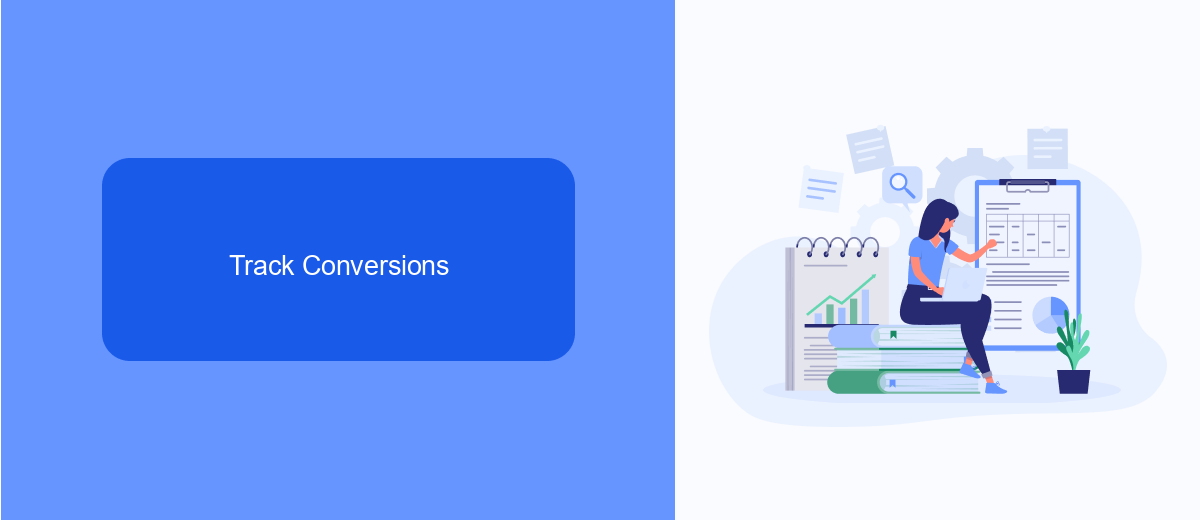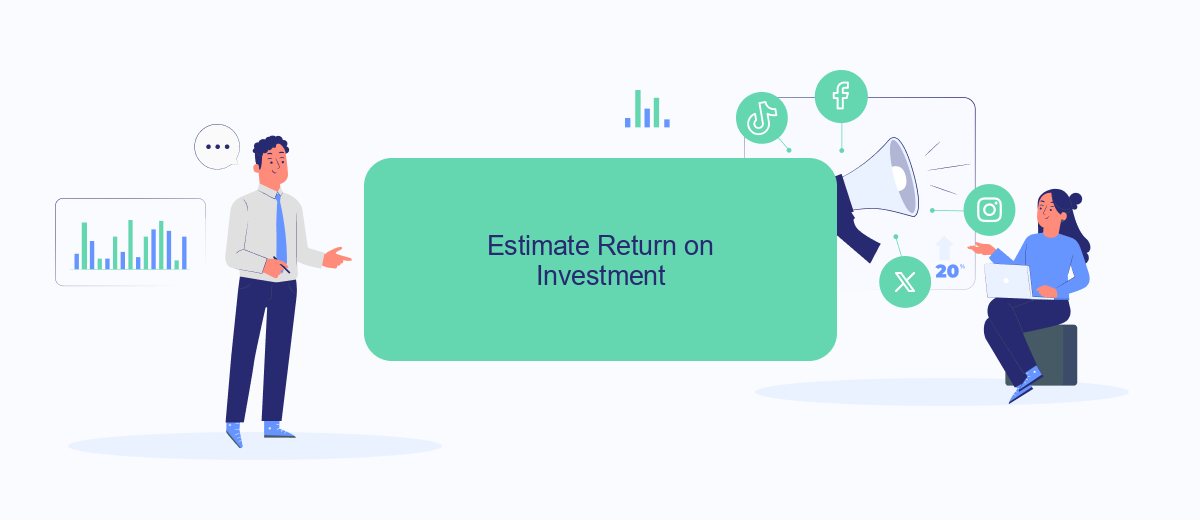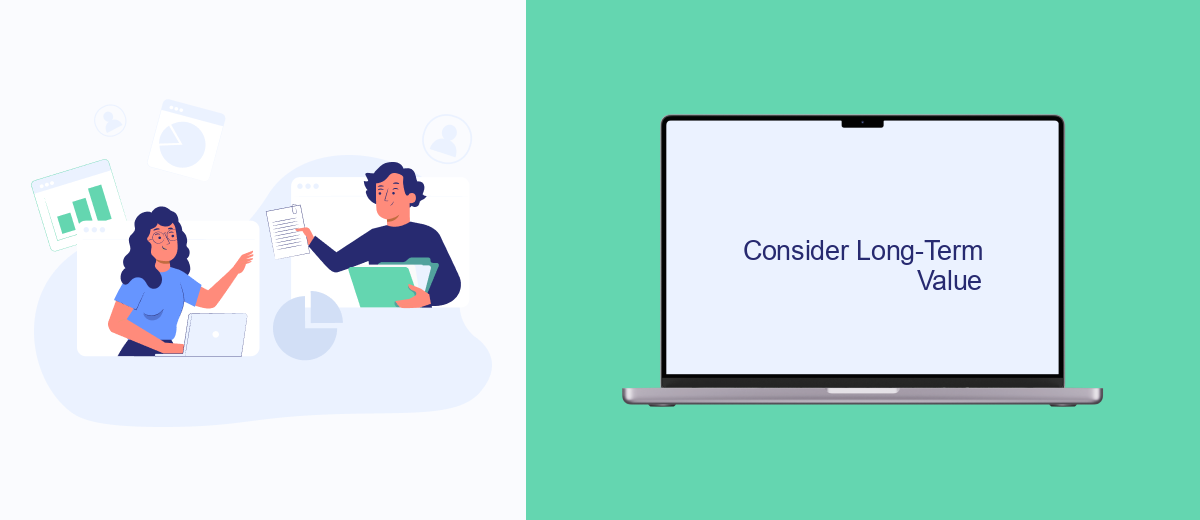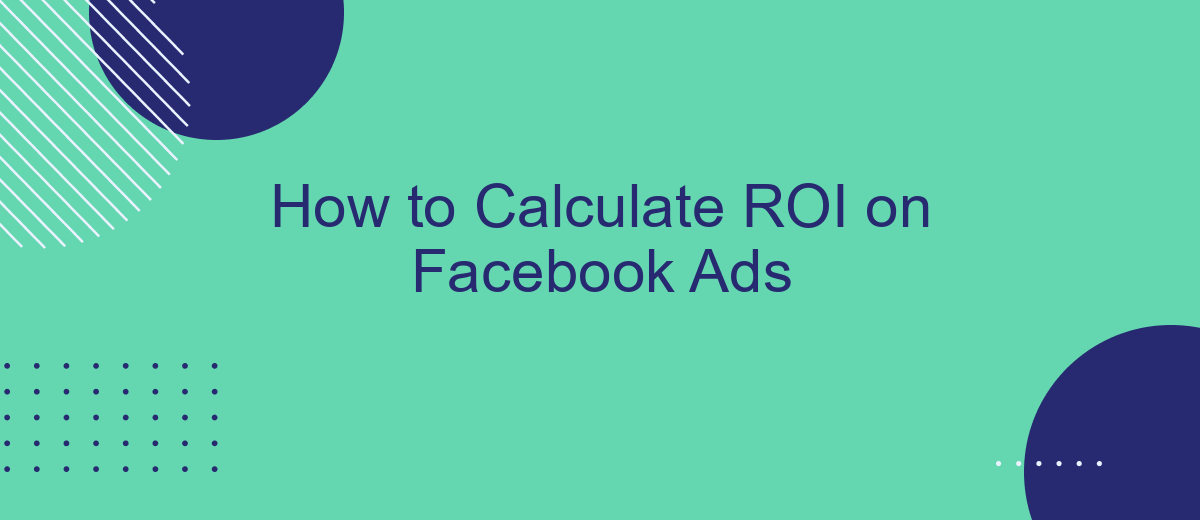Calculating the Return on Investment (ROI) for Facebook Ads is crucial for determining the effectiveness of your marketing strategies. By understanding ROI, businesses can gauge the profitability of their ad campaigns and make informed decisions about future investments. This article will guide you through the steps to accurately measure and analyze the ROI of your Facebook advertising efforts.
Calculate Ad Spend
Calculating your ad spend on Facebook is a crucial step in determining your ROI. Properly tracking and managing your expenses can help you make informed decisions and optimize your campaigns. To get started, you need to gather and organize your data effectively.
- Access your Facebook Ads Manager to review your ad spend details.
- Use tools like SaveMyLeads to integrate and automate data collection from different sources.
- Track your daily, weekly, and monthly ad spend to identify trends and patterns.
- Ensure you are accounting for all associated costs, including creative production and management fees.
By using SaveMyLeads, you can streamline the data integration process and ensure that you have accurate and up-to-date information. This will allow you to better understand your ad spend and make necessary adjustments to improve your ROI. Consistent monitoring and analysis are key to successful ad management on Facebook.
Track Conversions

Tracking conversions is a crucial step in determining the ROI of your Facebook Ads. To start, ensure you have the Facebook Pixel installed on your website. The Facebook Pixel is a piece of code that tracks user interactions on your site, providing valuable data on actions such as purchases, sign-ups, and other key conversions. This data helps in understanding which ads are driving the most valuable customer actions and allows for better optimization of your ad campaigns.
For more advanced tracking and integration, consider using services like SaveMyLeads. SaveMyLeads simplifies the process of connecting Facebook Lead Ads with various CRM systems, email marketing tools, and other platforms. By automating the data transfer between Facebook and your preferred tools, SaveMyLeads ensures that you never miss a lead and can quickly follow up with potential customers. This seamless integration not only saves time but also enhances your ability to track and analyze conversions effectively, leading to more informed marketing decisions.
Estimate Return on Investment

To estimate the Return on Investment (ROI) for your Facebook ads, you need to follow a systematic approach. ROI is a crucial metric that helps you understand the effectiveness of your advertising campaigns and make data-driven decisions.
- Calculate the total revenue generated from your Facebook ads. This includes all sales and conversions that can be directly attributed to your ad campaigns.
- Determine the total cost of your Facebook ads. This includes the amount spent on the ads themselves, as well as any additional costs such as creative development or third-party services.
- Use the ROI formula: ROI = (Revenue - Cost) / Cost * 100. This will give you the percentage return on your investment.
For more accurate tracking and integration of your ad data, consider using services like SaveMyLeads. This platform allows you to seamlessly integrate Facebook lead ads with your CRM, ensuring that all relevant data is captured and analyzed efficiently. By utilizing such tools, you can streamline your ROI calculation process and make more informed marketing decisions.
Consider Long-Term Value

When calculating the ROI of your Facebook Ads, it's crucial to consider the long-term value (LTV) of your customers. Focusing solely on immediate returns can lead to undervaluing the true profitability of your campaigns. By understanding the LTV, you can make more informed decisions about your advertising budget and strategy.
Long-term value takes into account the total revenue a customer is expected to generate over their entire relationship with your business. This means considering repeat purchases, upsells, and referrals, which can significantly boost your overall ROI.
- Track customer lifetime value to gauge the effectiveness of your ads.
- Use tools like SaveMyLeads to integrate your Facebook Ads data with your CRM for better insights.
- Analyze customer behavior to identify patterns that contribute to higher LTV.
By leveraging services like SaveMyLeads, you can automate the process of capturing and analyzing customer data, making it easier to focus on strategies that enhance long-term value. This approach ensures that your Facebook Ads not only drive immediate sales but also foster lasting customer relationships.
Optimize and Repeat
Once you have calculated the ROI of your Facebook Ads, the next step is to optimize your campaigns for even better results. Start by analyzing the data to identify which ads are performing well and which are not. Look at metrics such as click-through rates, conversion rates, and cost per conversion. Use this information to tweak your ad creatives, targeting options, and bidding strategies. Small adjustments can lead to significant improvements in your ROI.
After optimizing your current campaigns, it's essential to repeat the process regularly. The digital advertising landscape is constantly changing, and what works today may not work tomorrow. Continuously monitor your ad performance and make necessary adjustments. Additionally, consider integrating tools like SaveMyLeads to streamline your lead management process. SaveMyLeads can automate the transfer of leads from Facebook Ads to your CRM, ensuring that no potential customers fall through the cracks. By consistently optimizing and leveraging the right tools, you can maximize your ROI on Facebook Ads over the long term.
FAQ
What is ROI and why is it important for Facebook Ads?
How do I calculate ROI for my Facebook Ads?
What metrics should I track to measure the effectiveness of my Facebook Ads?
Can I automate the calculation of ROI for my Facebook Ads?
What are some common mistakes to avoid when calculating ROI for Facebook Ads?
Are you using Facebook Lead Ads? Then you will surely appreciate our service. The SaveMyLeads online connector is a simple and affordable tool that anyone can use to set up integrations for Facebook. Please note that you do not need to code or learn special technologies. Just register on our website and create the necessary integration through the web interface. Connect your advertising account with various services and applications. Integrations are configured in just 5-10 minutes, and in the long run they will save you an impressive amount of time.
